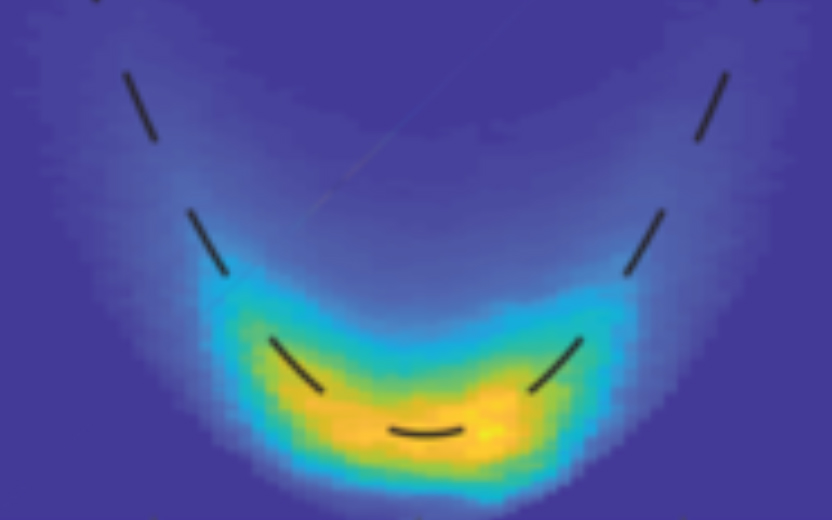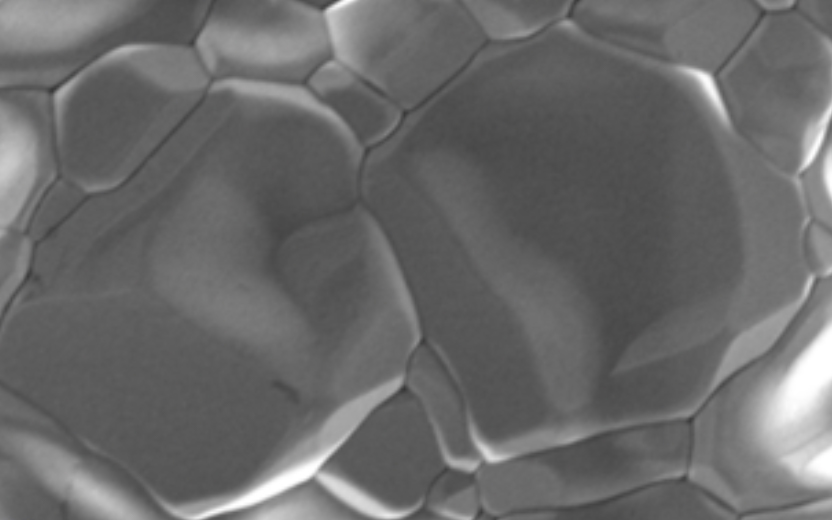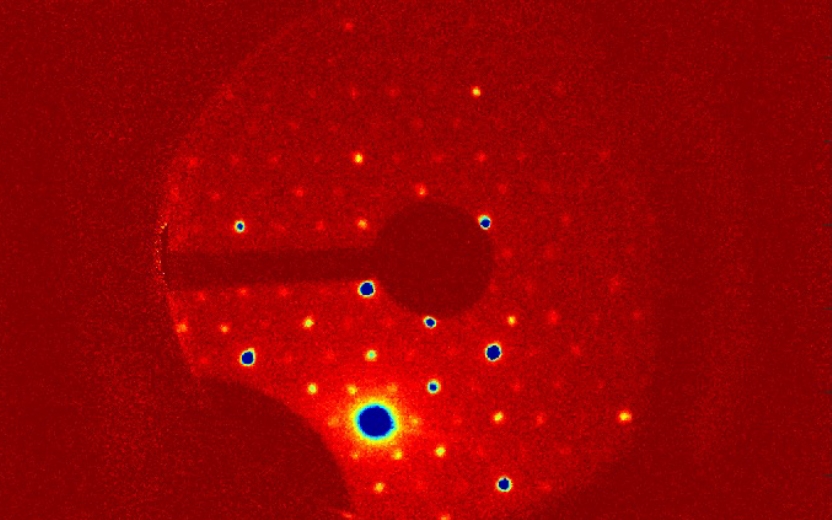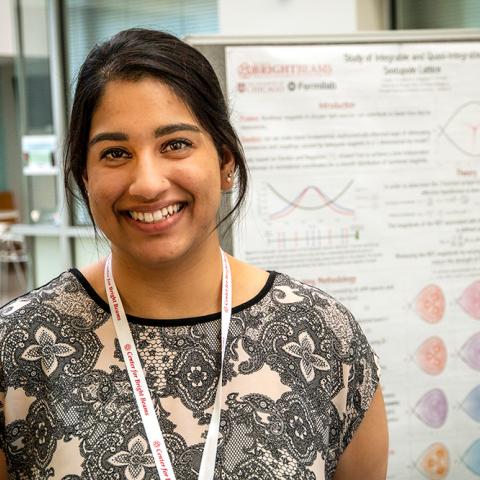Research
Vision: Transforming the brightness of beams available to science, medicine, and industry.
Each of these relies on beams of particles, and better beams lead to new capabilities. CBB addresses three areas of beam science and technology: beam production, beam acceleration, and beam dynamics and control. These all fit together in a research ecosystem.
Bright, high-intensity electron beams are produced using the photoelectric effect, a phenomenon first explained by Einstein, in which laser light excites electrons out of a material called a photocathode. CBB is gaining new insights into the photoemission process and is putting them to use to produce beams with unprecedented brightness. Find more information on the Beam Production page.
The gold standard for accelerating intense charged particle beams is the superconducting RF cavity, in which the beam “surfs” a powerful electric field to gain energy. CBB is developing next-generation SRF cavities that will vastly reduce their cost, increase energy sustainability, and simplify operation. For the first time, the brightest beams will be available to industry and university research. Find more information on the Beam Acceleration Page.
Bright beams have complex behavior, so manipulating them can be an art. CBB is conserving the brightness of beams from high-performance sources. It is also inventing new techniques to increase the brightness of stored, by feeding information from the beam back on itself and using techniques such as machine learning to optimize beam transport. Find more information on the Beam Dynamics and Control page.
|
Partner |
Project Leaders |
Indispensable Expertise |
|
Arizona State |
Karkare |
Photocathode materials |
|
BYU |
Transtrum |
Theoretical condensed matter physics |
|
UCLA |
Musumeci, Rosenzweig |
Laser applications for particle beams, beam self-interaction |
|
U Chicago |
Kim, Sibener |
Particle physics, surface chemistry |
|
Cornell |
Arias, Hines, Liepe, Maxson, Muller, Shen |
Electronic structure calculation, photoemission & transport, surface characterization, accelerating cavities, photoemission & transport, electron microscopy, condensed matter theory, ARPES |
|
U Florida |
Hennig |
Materials design |
| Northern Illinois U | Chubenko | Beam physics, Modeling and simulation of physical processes in photocathodes and their effect on the beam brightness. |
| U New Mexico | Biedron | AI/Machine Learning, Accelerator and Laser Physics and Engineering, Systems Engineering |
What is a bright beam? In bright particle beams, the particles are tightly packed and highly aligned. For particle beam applications ranging from X-ray sources to ultrafast materials imaging to colliders, brighter beams increase performance and open new opportunities.




